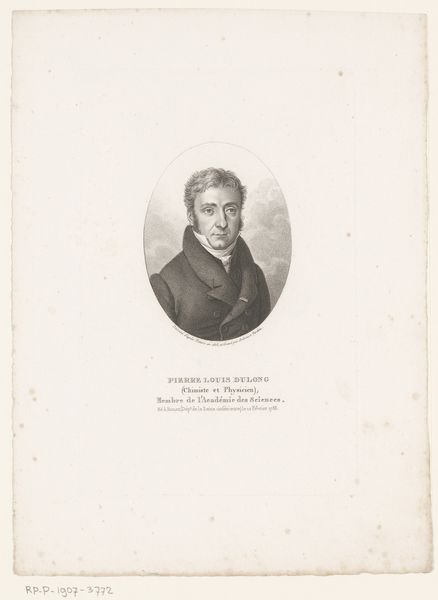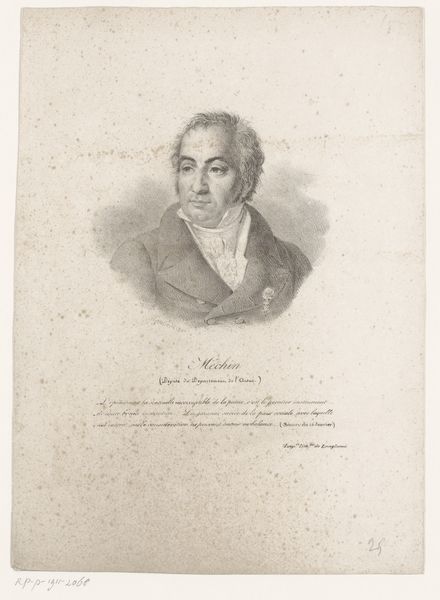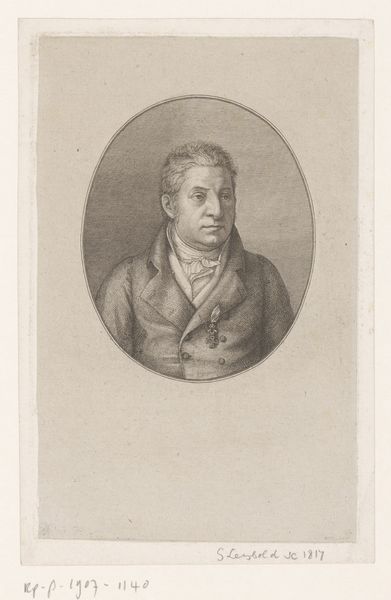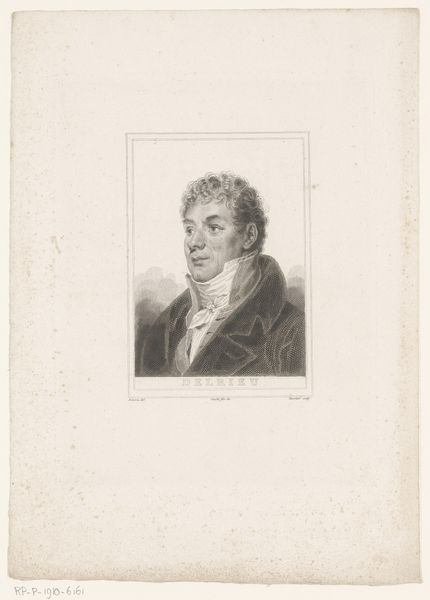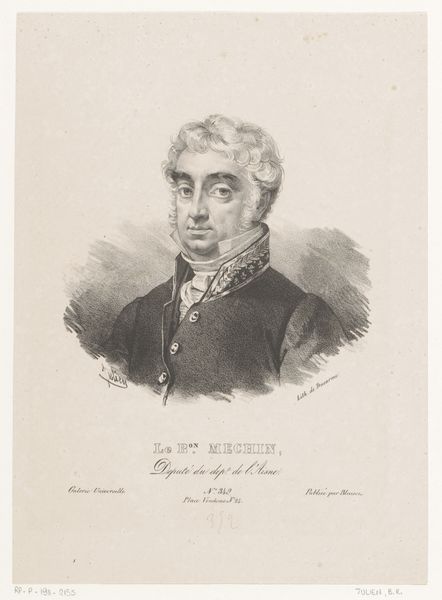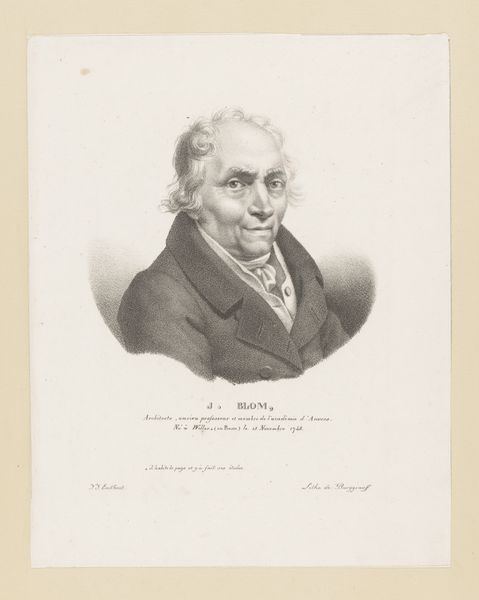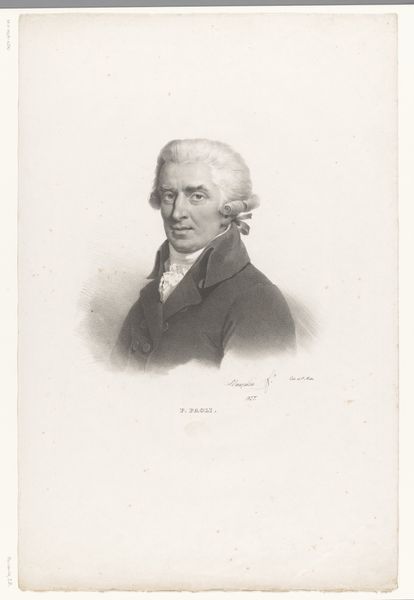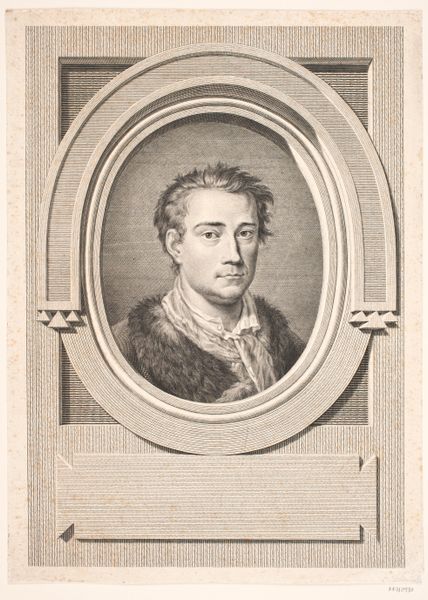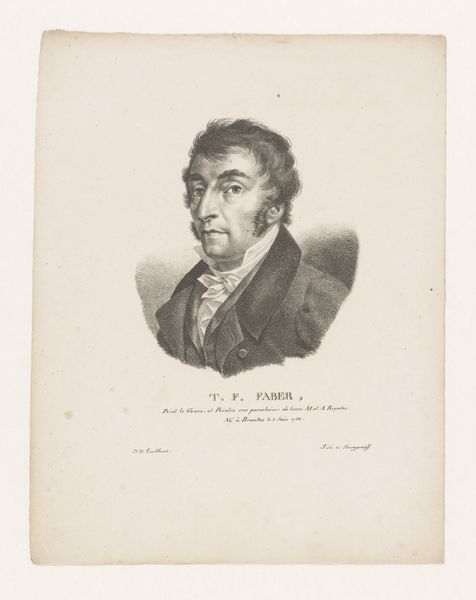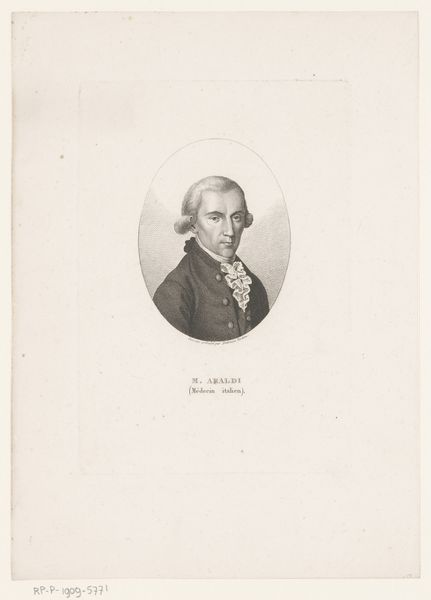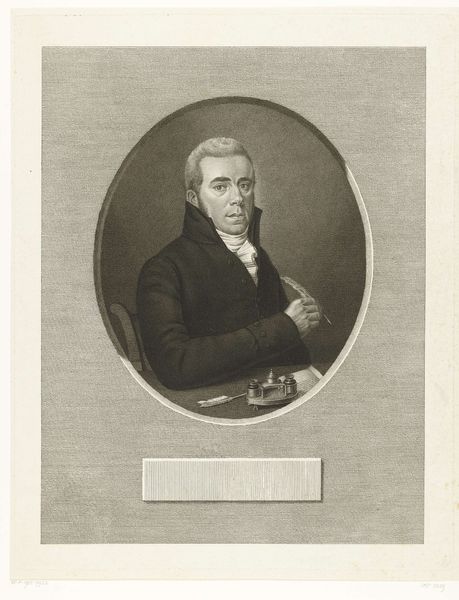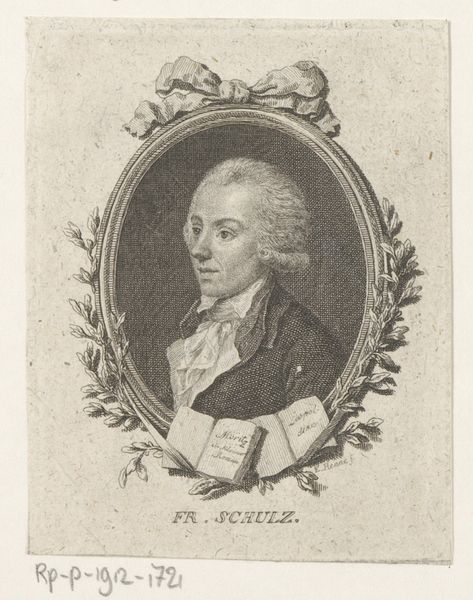
print, engraving
#
neoclacissism
# print
#
history-painting
#
engraving
Dimensions: height 173 mm, width 111 mm
Copyright: Rijks Museum: Open Domain
Tobias Falke created this portrait of Casimir Périer using engraving, a printmaking technique, sometime in the 19th century. Engraving begins with a metal plate, usually copper, into which the artist carves an image using a tool called a burin. The incised lines are then filled with ink, and the plate is pressed onto paper, transferring the image. Notice the fineness of the lines, which give the portrait its detail and tonal range. The precision required makes engraving a labor-intensive process, demanding both technical skill and artistic vision. Consider the social context. In an era before photography, engraved portraits like this played a crucial role in disseminating images of prominent figures. They were a form of mass media, making it possible to circulate likenesses widely. This print thus reflects the democratization of image-making, even as it captures the likeness of an elite individual. By focusing on the materials, process, and social context, we gain a deeper appreciation. The distinction between fine art and craft blurs, and we begin to see this portrait as both a work of art and a product of its time.
Comments
No comments
Be the first to comment and join the conversation on the ultimate creative platform.
